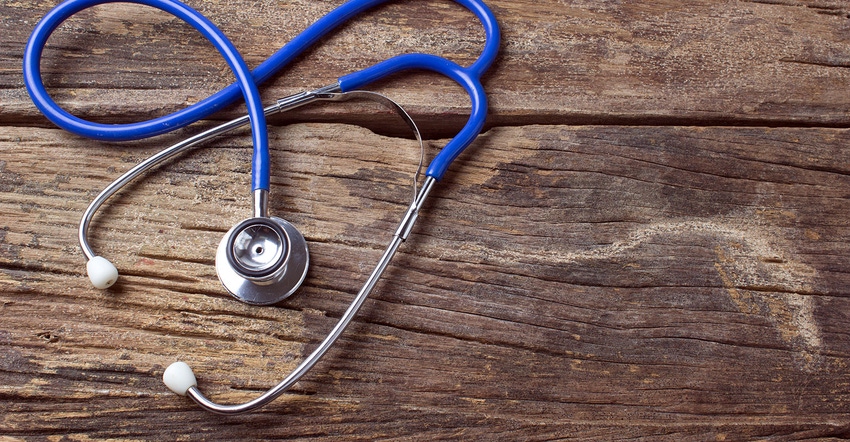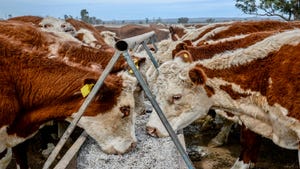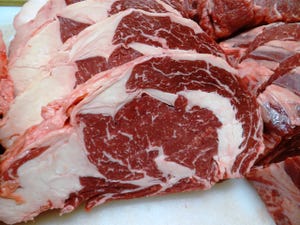Rural areas at risk for COVID-19
A lot of rural communities are continuing to have COVID-19 cases and have individuals with an increased likelihood of catching the virus.

Rural areas are at risk for COVID-19.
"We can see as COVID-19 is moving into rural areas, and as time passes, the case fatality rate is increasing and becoming more significant in rural areas, which are currently being hit," said Emma Bergqvist, an intern with AgriSafe during an AgriSafe webinar, part of the weekly COVID-19 Ag Task Force Response.
"Meanwhile, big metro areas that were epicenters for the disease earlier on, such as New York, Detroit, New Orleans, Seattle, etc., have mostly flattened their curve. A lot of other counties in total still have increasing cases, so this means that a lot of our rural areas are continuing to have the disease and haven't had a chance to flatten the curve yet.
"What we'll see continuing from here in this wave or possibly a subsequent wave are spikes of the disease occurring at different times and places. It won't be this big rush of cases we've seen in the past, like in big cities. We'll see them more in small spikes across the country."
At risk
Rural areas are more at risk for a few different reasons.
"Over 20% of the rural population is over the age of 65, compared to 13% in urban areas," Bergqvist said. "Furthermore, there are higher rates of smoking, cardiovascular disease, and high blood pressure. These factors are shown to have a higher rate of mortality when someone is infected with COVID-19."
Lack of access to healthcare is another issue, especially if hospitals are overrun with cases.
"Data of rural counties show there is, at least in part, a shortage of healthcare if not a full shortage," she said. "There are few areas that don't have any shortages."
A Princeton study that considered a high infection rate of COVID-19 and a low infection rate of COVID-19 shows which healthcare systems became overwhelmed, and most "at-risk" systems do happen to be rural areas, which means rural areas do not have the threshold that urban areas have to handle many cases of COVID-19.
"We can learn from other countries' approaches to handling COVID-19 in rural areas," Bergqvist said. "Looking at Sweden and Norway, Sweden has been very open, and they've had a lot more deaths and have used more of their healthcare resources. Norway has been the opposite. They've been very closed off, and they have had fewer deaths and fewer ICU ventilators used."
Rural areas can use and apply this information to use more protective measures, such as social distancing, to stay well.
"The fewer resources used are vital because rural areas do not have as high of thresholds, so they need to help preserve resources for those that are critically sick. Too many cases of COVID-19 at once could overwhelm the system," she said.
Contact tracing
Contact tracing is an important component, especially as people start interacting more.
"Contact tracing jobs are on the rise, which is great because most states are implementing this tool, which could help to prevent a second wave," Bergqvist said. "Contact tracing can be done through local governments, or if you're in charge of a company, you can do it by tracing shifts and making sure workers who might've been exposed to the virus aren't exposing others."
Antibody testing can show whether somebody has or had the disease, which can tell where the disease might've come from and how it might be spreading. It can also tell how long immunity might last, and if most of the population is immune, how severe a second wave might be.
"If there's a high number of recovered people, there will be lower numbers of susceptible people, which means there'll be a less severe second wave," Bergqvist said. "We all must do our part and look within our state to make sure rural areas are not forgotten, especially with increases in COVID-19 cases."
About the Author(s)
You May Also Like



